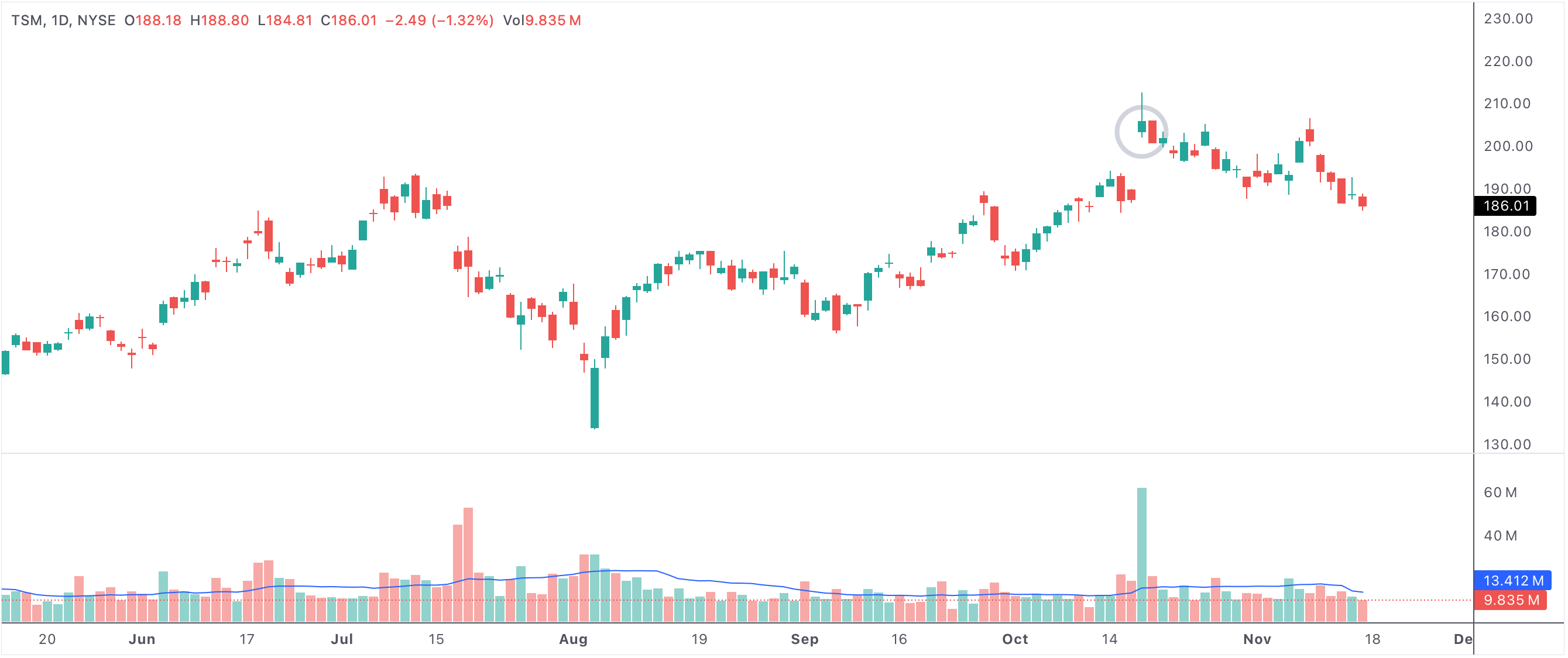Green day then bearish breakout 2-down with red bar warns of trend reversal
In technical analysis, the pattern of a green day followed by a bearish breakout 2-down with the bar itself red serves as a clear warning of a potential reversal in the market trend. This combination occurs when a stock posts a green (positive) day, immediately followed by a breakout to the downside, resulting in a red (negative) bar that closes below both the previous day’s low and the prior bar’s close. This transition from optimism to sudden, forceful selling often signals a significant shift in market sentiment.

greenredbear
Chart example: bullish momentum stalls as a bearish breakout triggers a sharp red bar.
A green day is followed by a 2-down breakout with a red bar.
How This Pattern Forms
The sequence begins with a green day, suggesting buying strength and positive sentiment. The very next day (or bar), the stock not only fails to follow through, but sells off hard enough to break below the prior session’s low, closing deep in negative territory (a red bar). This “2-down” move catches many off guard, particularly traders who expected continued upside, and often results in a cascade of sell orders as momentum abruptly reverses.
Why Is This Bearish?
This pattern highlights a shift from bullish to bearish control in a single move. A green day typically inspires confidence, but when quickly followed by a decisive red bar breaking support, it suggests buyers are losing conviction. This often triggers stop-losses, attracts short sellers, and may confirm a new downtrend. If seen after a rally or at resistance, its implications are even more bearish, hinting that a significant change in trend is underway.
Market Psychology Behind the Setup
After a positive close, many traders expect further gains. The abrupt reversal into a red 2-down bar shocks the market, catching bulls off-guard and emboldening bears. This sudden swing in sentiment can lead to panic selling, further driving prices down as investors rush to lock in profits or limit losses. The presence of a clear red bar on the chart is a visible confirmation of selling momentum taking over.
Trading Implications and Risk Signals
- Reversal alert: This pattern is a textbook warning that a short-term trend may be ending.
- Selling pressure: It reflects intensified selling, especially if accompanied by high volume.
- Opportunities for short sellers: Traders who recognize this setup may initiate short positions, expecting further downside.
- Stop-loss triggers: Many traders place stops just below previous lows; a 2-down move often accelerates the selloff.
- Weak fundamentals confirmation: If economic or company news is negative, this technical pattern amplifies the bearish case.
How to Respond as a Trader or Investor
Traders spotting this pattern should watch for confirmation—such as continued weakness in subsequent bars, or increasing volume on the breakdown. Defensive moves may include tightening stops on long positions or shifting to cash. Aggressive traders may short the stock or buy put options, looking to capitalize on the anticipated decline. Investors may consider this a cue to reassess bullish positions or reduce risk, particularly if other technical or fundamental signals align.
Combining With Other Indicators
The pattern gains predictive power when confirmed by additional bearish signals. If the 2-down red bar breaks below a key moving average or volume spikes during the selloff, the likelihood of further downside increases. Divergence with momentum oscillators (like RSI or MACD turning lower) can strengthen the bearish outlook. Always consider the broader context—market trends, sector performance, and news events can all amplify or mute the pattern’s impact.
Summary: Reliable Red Flag for Reversals
A green day immediately followed by a decisive bearish 2-down breakout with a red bar is a reliable signal that market sentiment has shifted. It serves as a red flag for a potential trend reversal, heightened selling pressure, and possible further declines. Traders and investors who recognize and respond to this pattern can better manage risk, avoid surprise losses, and even find opportunities on the short side as momentum flips from bullish to bearish.